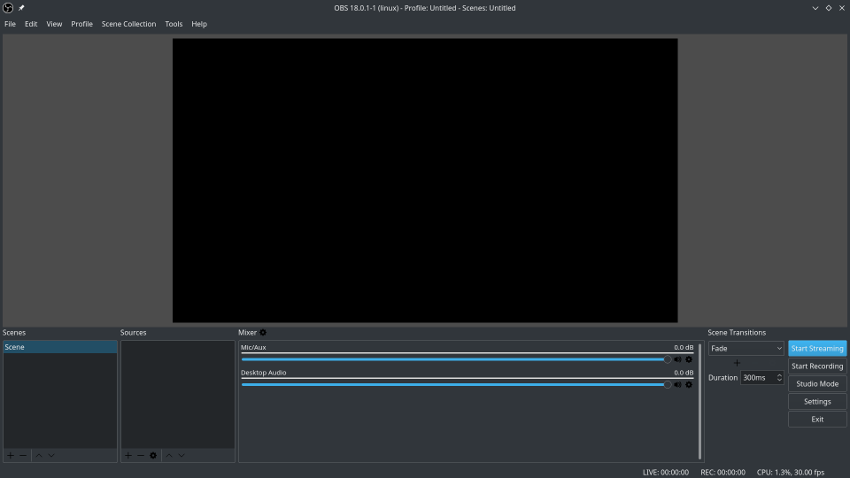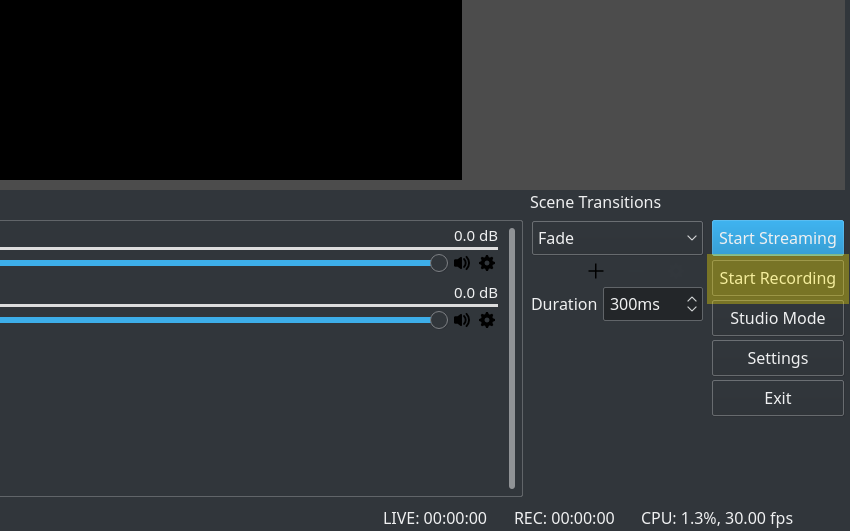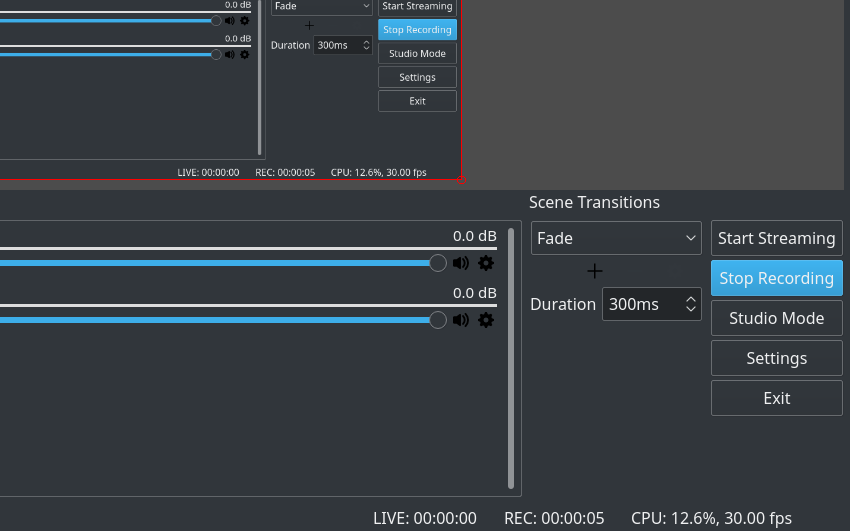Free Screen Recording Software
Open Broadcaster Software, more commonly known as OBS, is a video streaming and recording program. It's free, open source, and fully cross platform — Mac, Windows and Linux. When combined with solid audio and video editing software, it is a very powerful and flexible screencast video production tool.
OBS Versus Paid Alternatives
When doing screen capture for tutorials and other types of video presentations, probably the most commonly used applications are Camtasia and Screenflow. These are all-in-one solutions that provide tools for both recording and editing.
Another excellent option is to separate the screen recording stage from audio recording and video editing, using dedicated software for each stage. If you already have a video editing program, why buy another? Use OBS for the recording, and you're good to roll. This is the approach I take.
In this series of short tutorials we'll show you how to setup OBS for screen recording and take advantage of some of its awesome features. There are many ways you can use OBS, but for the purposes of this series I'll be taking you through the method I use as part of my own video production process.
To get the ball rolling we'll install OBS and go through and abridged, quick start method to begin screen recording. This is to help give you an overview of the software so you have some context when we go into greater depth on screen recording with OBS in the next tutorials in this series.
1. Download and Install OBS
Download OBS from https://obsproject.com/download and install according the instructions for your OS.
When you launch OBS you should see something like this (with a different look depending on your operating system):

2. Screen Recording Quick Start Setup
OBS uses a system of Scenes and Sources, which we'll go into more detail on in a subsequent tutorial. When you first launch OBS you'll see there is already a scene added in by default, which you can see in the bottom left corner of the interface.

Before you can start recording you'll also need to add a source inside this scene. With the default Scene selected (it will be highlighted) click the + button at the bottom of the panel labeled Sources, then select Screen Capture on Linux or Display Capture on Mac and Windows.

Click OK on the box that pops up.

Click OK on the next popup as well.

Now click the Settings button at the bottom right of the interface.

Choose the Output tab and take note of the Recording Path field. This is the destination of your computer where your recorded video will be saved.

3. Start Recording
When you're ready to start recording click the Start Recording button at the bottom right.

When you're done click Stop Recording and a video will be written to the folder specified in your settings.

Coming Up Next
So that's a basic quick start method for screen recording, but there's still a lot more to look at to squeeze the most juice out of OBS. Now that you're up and running, in the next tutorial we'll dig into the Video and Output settings for OBS and how they can be used to get the best screen recordings. See you there!
 VideoHow to Use Scenes to Transition Between Sources in Open Broadcaster
VideoHow to Use Scenes to Transition Between Sources in Open Broadcaster VideoHow to Use Animated Scene Transitions in Open Broadcaster (OBS)
VideoHow to Use Animated Scene Transitions in Open Broadcaster (OBS) VideoOBS for Screen Recording: How to Add and Use Sources
VideoOBS for Screen Recording: How to Add and Use Sources ScreencastsOBS Studio Screen Recording: Best Settings for Video
ScreencastsOBS Studio Screen Recording: Best Settings for Video
No comments:
Post a Comment